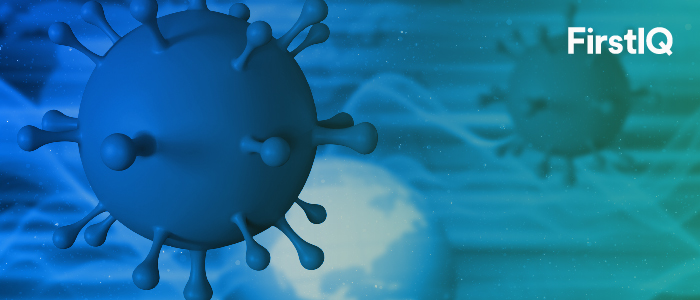Wuhan Virus, Making a Quiet Return: Rising Cases of COVID-19 in Asian Countries

“Coronavirus is still with us, thankfully, it tends to affect fewer patients, and it is less dramatic than it was before. Some severe side effects we used to see like change in taste, requiring hospitalization, have really gone down, said by Dr. Joseph Mikhael.
Asia countries are suddenly observing an intense rise in COVID-19. More than 1000 instances have been reported across India, and 7 Indian patients have died as of last week of May 2025. Along with India, covid infections are on the rise in Hong Kong, Singapore, Thailand, and other Southeast Asian countries. There is a visible spike of COVID-19 across major urban cities; however, this isn’t March 2020. Experts say there is no dangerous variant of COVID-19 in circulation, but there is a high need to take precautions and watch out for the symptoms.
New COVID-19 Cases
- India’s Health Ministry reported an increasing number of people affected by the COVID-19 virus, mainly in Kerala, Maharashtra, Tamil Nadu, and Karnataka. Kerala accounts for 43% of active cases, followed by Maharashtra at 21%.
- In Hong Kong a new wave of Wuhan virus has begun as the infection rate drastically increases from 1.7% in March to 11.4% in May. 81 severe sufferers reported with 31 deaths between April 27-May 3.
Edwin Tsui, the controller of Hong Kong's Centre for Health Protection
“Hong Kong experienced a growing number of active COVID-19-infected people every six to nine months. To overcome this situation, we need to check on the activity level of Covid-19 for at coming few weeks.”
- Cases of infections are surging in Thailand with about 33,030 coronavirus patients reported in between May 11-17, from 16,000 patients between May 4-10, with 6000 patients reported in Bangkok alone.
- In Singapore is witnessing a major spike with more than 14,200 coronavirus positive reported in the week ending May 3.
Factors for Growing Cases of Wuhan Virus Across Asia Countries
- Emergence of new variants has high transmissibility, and it is rapidly spreading across Asia countries. For example, KP1 and KP2 subvariants are the derivatives of JN.1 Omicron variant is mainly responsible for the current case spike in India.
- Natural and vaccine-induced immunity has reduced, and the negligence towards booster vaccination campaigns is also a major factor responsible for the increase in Coronavirus infections.
- Rise in domestic and international travel, minimum restrictions on screening, and reduction in the preventive measures such as social distancing and hygiene practices are also the major factors responsible for this comeback. According to the Health Ministry of India, urban centers such as Delhi, Mumbai, and Bengaluru have reported small clusters of infections among individuals with travel history, making it a major factor in infection spikes.
Impact of SARS‑CoV‑2’s comeback on the Vaccines & Manufacturers
Emergence of NB.1 variants will increase the demand for booster vaccines. Also, governments of various countries are focusing on improving the accessibility of vaccines, masks. Routine public health measures for COVID-19 are increasingly embedded in countries that are focusing on respiratory disease surveillance platforms such as eGISRS and the Coronavirus Network. Manufacturers are redirecting their focus towards new vaccine approval. For example, on May 28, 2025, Pfizer Inc. submitted a regulatory application to the European Medicines Agency for approval of COMIRNATY for the 2025-2026 season targeting the LP.8.1 strain. Updated vaccines will be offered through routine or targeted immunization strategies for seasonal influenza and respiratory syncytial virus (RSV), creating new opportunities for manufacturers.





